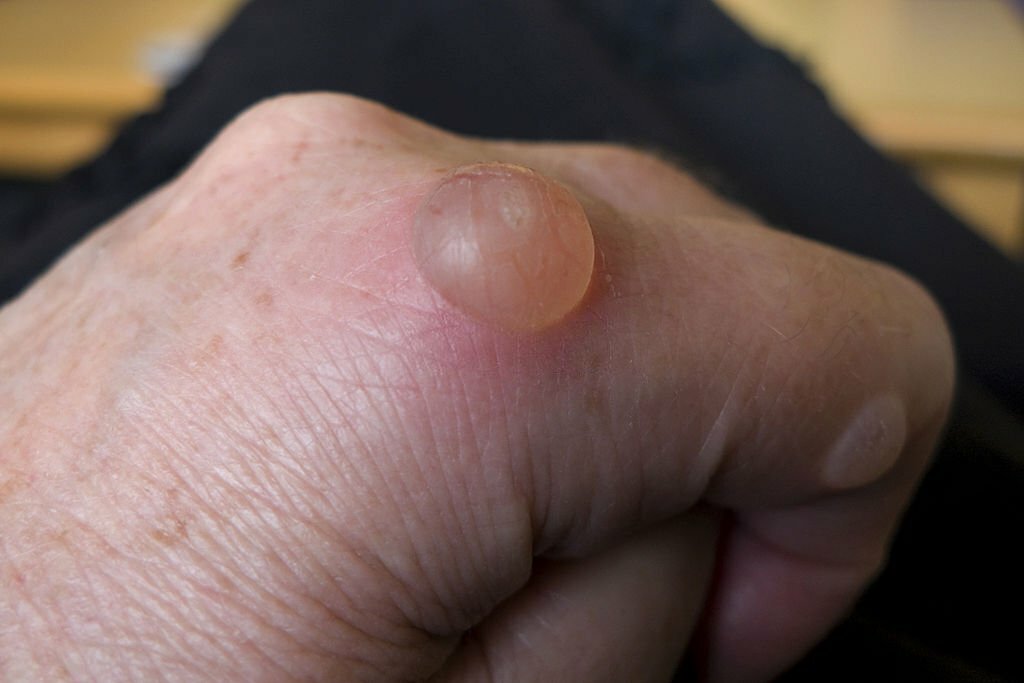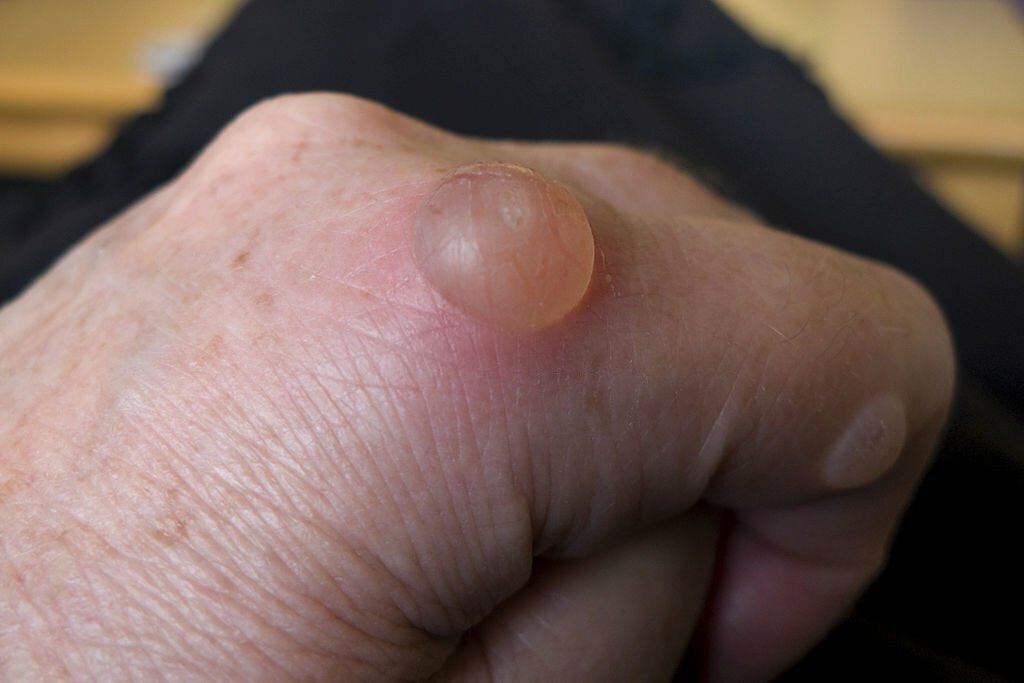Welcome to our comprehensive guide on Blisterata, where we unravel the mysteries surrounding this condition. Our goal is to provide you with detailed insights into the causes, symptoms, and various treatment options available. As experts in the field, we understand the importance of accurate information, and we aim to empower you with knowledge that goes beyond the surface level.
What is Blisterata?
Blisterata is a relatively uncommon and loosely defined term. In certain contexts, it might describe a set of skin conditions marked by the development of blisters. However, there isn’t a distinct medical condition or recognized disease formally named Blisterata. Alternatively, the term may be employed more broadly to denote anything capable of inducing blisters, including factors like friction, burns, or specific skin ailments.
Read also: Physical Therapist Home Health Jobs

Causes of Blisterata
Environmental Factors
Blisterata can be triggered by environmental factors such as prolonged exposure to extreme temperatures, chemicals, or allergens. Understanding the environmental causes is the first step in preventing and managing this condition.
Infectious Agents
In some cases, infectious agents like bacteria, viruses, or fungi can lead to the development of blisters. Proper hygiene practices and awareness of potential sources of infection are essential in avoiding these triggers.
Autoimmune Disorders
Certain autoimmune disorders can contribute to the onset of Blisterata. Our immune system, in these cases, mistakenly attacks healthy skin cells, leading to blister formation. Identifying and managing autoimmune conditions is crucial for long-term relief.
Symptoms of Blisterata
Recognizing the symptoms of Blisterata is key to seeking timely medical intervention. Here are some common signs:
1. Blisters on the Skin
The most apparent symptom is the presence of blisters on the skin. These can vary in size and may be accompanied by redness or itching.
2. Pain or Discomfort
Individuals with Blisterata often experience pain or discomfort around the affected area. Understanding the nature of the pain can aid in determining the appropriate treatment approach.
3. Fluid-filled Blisters
The blisters associated with Blisterata are typically filled with fluid. Observing the characteristics of this fluid can provide valuable insights into the underlying cause.
Treatment Options for Blisterata
Topical Treatments
For mild cases of Blisterata, topical treatments such as calamine lotion or steroid creams can be effective in reducing inflammation and promoting healing.
Oral Medications
In more severe cases, oral medications like antibiotics or antifungal drugs may be prescribed to address underlying infections contributing to Blisterata.
Immunosuppressive Therapy
For individuals with autoimmune-related Blisterata, immunosuppressive therapy may be recommended to modulate the immune response and prevent further blister formation.
Prevention Strategies
Protective Measures
Taking proactive measures to protect the skin from environmental triggers is crucial. This includes using protective clothing, avoiding harsh chemicals, and practicing good hygiene.
Regular Check-ups
Routine medical check-ups can help identify underlying health conditions that may contribute to Blisterata. Early detection and management are key to preventing complications.
Wrapping Up
In conclusion, Blisterata is a condition with diverse causes and symptoms, necessitating a nuanced approach to treatment and prevention. By demystifying the intricacies of this condition, we aim to equip you with the knowledge needed to make informed decisions about your health.

